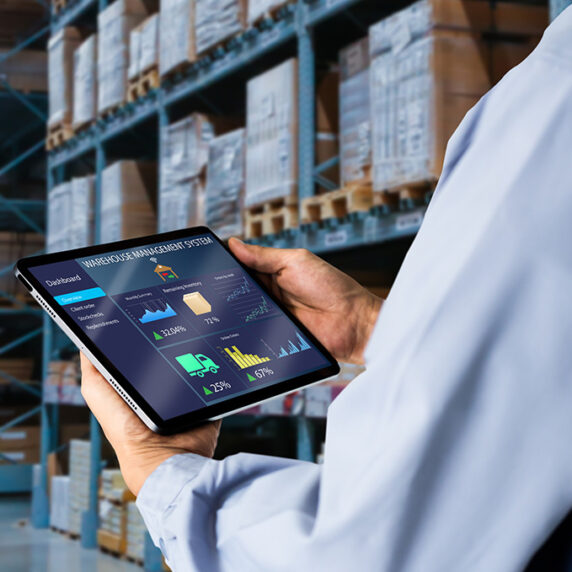Industry 4.0 Impact on Supply Chain Planning
Industry 4.0 is an initiative for digitizing the industrial economy. The “4” refers to a fourth industrial revolution, following steam power, mass production, and then IT and robotic automation.
The German government kicked off the initiative with a focus on advanced manufacturing, but businesses are also linking Industry 4.0 to supply chains. The clearest impact on supply chain planning involves demand. Industry 4.0 digitization and automation of production means goods can be produced more flexibly and more quickly. But tight integration between the demand signal and the production apparatus are required to match customer and channel demand with executable fulfillment instructions. You need the ability to plan and replan quickly and accurately in order to exploit Industry 4.0’s adaptive production.
Product proliferation will continue to increase with Industry 4.0, as the cyber/physical model of digitized manufacturing is more adept at customizing goods. “This puts more pressure on the supply chain to leverage analytics to improve supply chain segmentation and demand translation,” says Gartner Research in a report titled, The Five Things Chief Supply Chain Officers Need to Know about Industry 4.0. “Mass customization requires a connection of production capabilities with the supply chain based on a clear understanding and translation of varied demand patterns into targeted production units.”
This means planning systems supporting Industry 4.0 must be able to disaggregate demand down to the SKU-level. This disaggregation also contributes to supply chain visibility “across multiple tiers of the value network to sense and respond to planned and unplanned events in a timely manner,” Gartner says in the report.
Industry 4.0 has a strong focus on the Internet of Things (IoT). The digitization of the IoT gets you data quickly; predictive analytics helps you “anticipate” that information. Then supply chain planning systems with embedded, advanced analytics can help translate that data from connected products into information for planning. For example, you can import real-time sensor feeds of equipment usage and analyze past maintenance patterns to predict when to trigger a part order in the supply chain.
Machine learning is often central to an Industry 4.0 supply chain strategy. Demand sensing and planning bring you closer to the customer demand expression; machine learning lets you decode prior demand patterns and product sales to forecast production and supply chain needs.
While Industry 3.0 automated the factory; Industry 4.0 automates the supply chain. But the increased digitization and speed from Industry 4.0 hinges upon the ability of the supply chain to become more autonomous, or “driverless supply chain planning.” This is an enormous leap in scale. The best place to start with supply chain planning automation. When you are flexible and autonomous in your planning, you can better tackle more advanced Industry 4.0 areas: how to get data from the IoT sensors, how to automate replenishment through production, and so forth.
Planning software helps you better manage the supply chain of connected products. We have seen many organizations that, once they have supply chain planning and advanced analytics in place, can more clearly envision and articulate how their supply chains should evolve. If you have limited planning and analytic capability, it’s hard to envision what a future supply chain might look like. But by stepping up your planning tools, you can construct a much clearer concept of your future supply chain and how it might support and enhance an Industry 4.0 framework.






